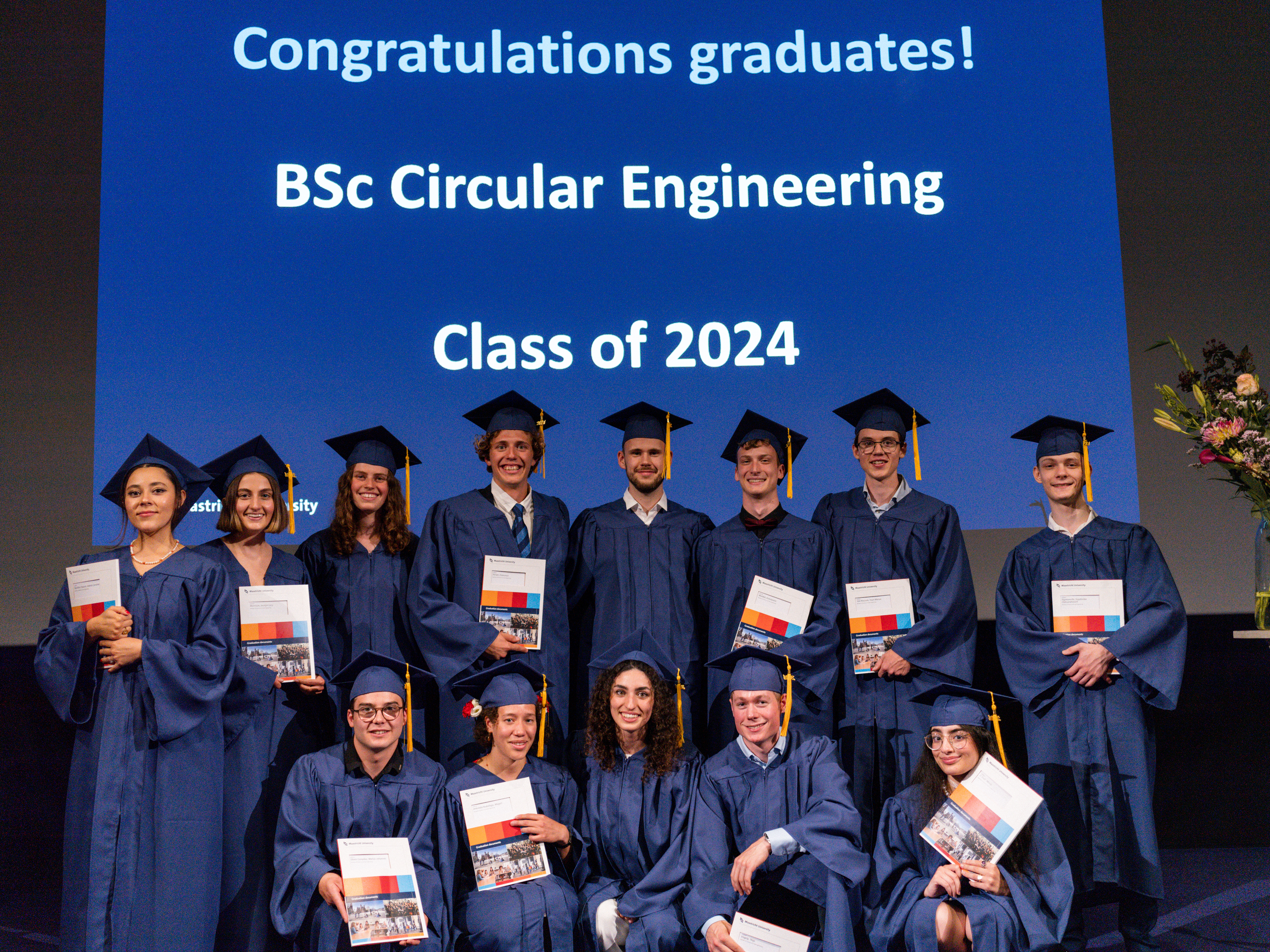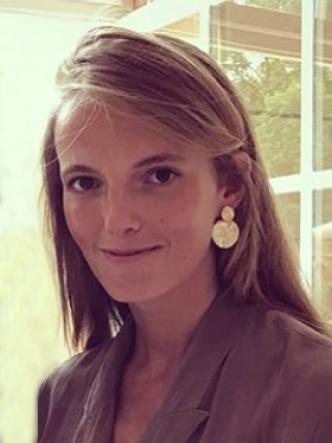The unknown side of Darwin
Say ‘Charles Darwin’ and the response will invariably be ‘evolution’, or the title of his masterpiece, The Origin of Species. Less well known is that Darwin played a formative role in geology, the discipline focused on the structure of the Earth and the processes that shaped it. In the lead up to Darwin Day on 12 February, the UM professors of Palaeontology José Joordens and Leon Claessens discuss Darwin’s role as a geologist and their own work in the Maastricht Science Programme (MSP).
Today we distinguish between geologists, palaeontologists, biologists, astronomers and more. Charles Darwin, born 12 February 1809, was all of them rolled into one. In those days, when the natural sciences were not yet divided into subcategories, he was simply called a ‘naturalist’. We return to the pros and cons of being a generalist versus a specialist below.
The theory of evolution: no small thing
The many observations Darwin made during the nearly five-year voyage of the HMS Beagle underpinned his theory of evolution, including his thoughts on the origin of humans. “This is his most famous and pioneering work, both for scientists and for the rest of the world”, says Joordens. “Not only did he propose a solution to a huge riddle, it also contradicted everything people believed in at the time. Humankind was taken off his pedestal: humans weren’t the pinnacle of divine creation, but just one among many creatures. First the Earth had been sidelined, as just ‘any old planet’ rather than ‘the centre of the galaxy’, and now the same thing was happening to human beings.”
Geological observations during the Beagle voyage
Less well known is that during the Beagle expedition, Darwin pored over the book Principles of Geology by his great hero Charles Lyell. The book gave him a framework to explain his observations of different landscapes. He took rock samples for analysis and wrote many publications on geology. After two years of fieldwork, Darwin wrote: “I am quite charmed with geology, but like the wise animal between two bundles of hay, I do not know which to like best – the old crystalline group of rocks of the softer and fossiliferous beds.” Little wonder that geologists proudly claim Darwin as ‘one of their own’ – he is one of the big names who helped to advance their field.

Darwin lecture
The Maastricht Science Programme (MSP) will organise an annual lecture on Darwin Day. On Wednesday afternoon, 12 February 16:00 hours, the MSP dean Professor Leon Claessens will start the series with the lecture “Why evolutionary theory tried to murder warm-blooded dinosaurs.” It is accessible for everyone, at Kapoenstraat 2, room 1.009.

No geology, no symphony
Darwin’s importance to the field is evident, among other things, from a 1909 lecture by Archibald Geikie entitled ‘Charles Darwin as geologist’. Referring to The Origin of Species, Geikie said: “We may compare this volume to a great symphony in which the chords from the various departments of biology are blended into one vast harmony, but where the deep under-toners of geology seldom fail to be audible. (…) The reader is made to realise, as he may never have done before, that each species has had a long geological history, which in many cases throws light on the geographical revolutions that preceded or accompanied the advent of man.”
No geology, no theory of evolution
Darwin cast doubt on the belief, based on the Bible, that the Earth was 6,000 years old. For a bacterium to evolve into a human in such a short period of time is simply impossible. “He really needed geology for his theory of evolution”, says Joordens. “If you acknowledge that billions of years have passed, with countless actions affecting the Earth’s surface and all its organisms, then you can accept that there have been major changes. Then you can understand that life began as the single-celled lump from which we developed.” Darwin was only able to make that conceptual leap because he understood the forces at work on the Earth’s surface and how much time was concealed in its layers.
Studying the remaining questions with UM students …
While the theory of evolution is now widely accepted, many questions remain unanswered. Why do humans walk on two legs? Could mammoths run? Professors Joordens and Claessens deal with these and other questions in their respective courses Human Palaeontology and Evolution of Vertebrates. Claessens’s course has just wrapped up for the year. “One topic we looked at was the evolution of birds. How did they begin to fly? And how can we find out whether a mammoth was able to run?” The highlight of the course was the excursion to the Natural History Museum in Maastricht. “When you’re teaching next to a giant skeleton of a mosasaurus, it really comes to life, so to speak. It’s great.”
... so that they may become the next Darwin
Joordens, too, takes her students on field trips. “We lean heavily on Darwin in the field of palaeontology. It’s a young discipline and we only have a few pieces of the complex puzzle ‘how did we become human?’ We don’t even know how humans came to walk on two legs. There are nice tales about it – people like stories, after all – but I hope to teach students how to distinguish between scientific evidence and speculation.” Later, she says: “You want to give students a broad enough foundation that they can become the next Darwin. Not by stuffing knowledge into their heads, but by training them to do their own research. The broader their development, the better.” As dean of the Maastricht Science Programme, Claessens agrees wholeheartedly. “A broad basic education, like Darwin’s – and like the training we offer in the MSP – makes it easier to draw links between different disciplines and see new perspectives.”
Also read
-
"We are the pioneers in a brand-new field of engineering sciences, not just in Maastricht but globally as well", says Francesco Ferrari about the group of thirteen students, himself included, who in July received the first bachelor's degree in Circular Engineering.
-
Aleksandra Komornicka has received a Veni grant of € 320,000 from NWO for her project ‘The Market Next Door: Western European Multinationals and the Remaking of Central Europe, 1969-1993’.
-
Moving orange spots on a yellow background are the first indication that something unusual is taking place in Maastricht's limestone quarry, Sint-Pietersberg. A closer look reveals that these are people clothed in orange vests. They are Maastricht Science Programme students and supervisors.

